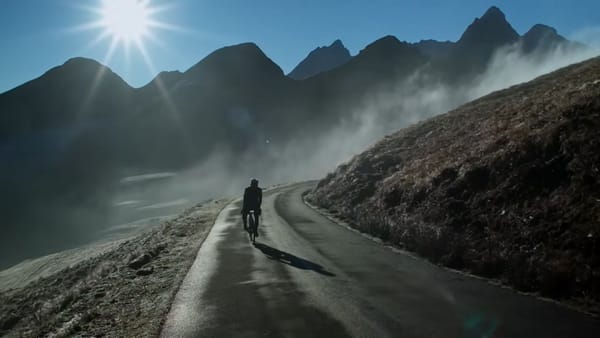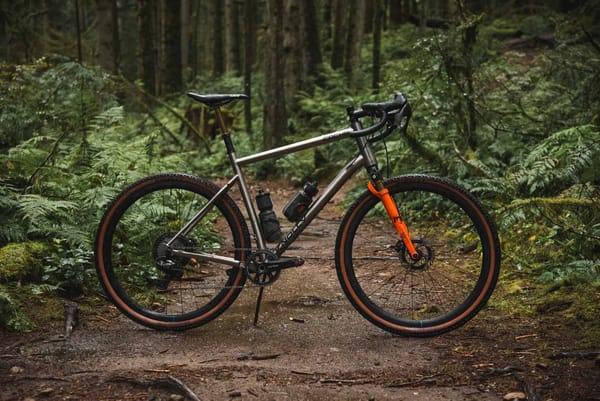Recommended Reading: Deliverance From 27,000 Feet
Take 30 minutes and go get lost in this completely engrossing story by John Branch about the recovery of the bodies of two Indian climbers near the summit of Everest.
In May of 2016, four mountain climbers from India went up Mount Everest with four sherpas. When the group ran into trouble near the summit, the sherpas left. Only one of the climbers from West Bengal, woman named Sunita Hazra, made it back alive. A team sherpas found and recovered the body of Subhas Paul just before the mountain was closed for monsoon season. The remains of Goutam Ghosh and Paresh Nath remained on Everest as many of the deceased do. The Indian climbers were not rich. They had saved up for ten years to climb Mount Everest, and ended up cutting corners, which may have contributed to their deaths.
Mount Everest occupies a rare spot in the collective imagination – a misty mix of wonder, reverence and trepidation. Hundreds of people successfully and safely reach the summit most years and return home with inspirational tales of conquest and perseverance. Other stories detail the occasional tragedies that leave a few people dead in a typical year. Those disaster stories are now their own genre in books and film.
Where most of those stories end is where this one begins, long after hope is gone – the quiet, desperate and dangerous pursuit, usually at the insistence of a distraught family far away, to bring the dead home. The only search is for some semblance of closure.
That was why the Sherpas with their oxygen masks and ice axes had come this far, this high, more than a year later.
The four Indian climbers, from a vibrant climbing culture in West Bengal, were like so many others attempting Everest. They saw the mountain as the ultimate conquest, a bucket-list item that would bring personal satisfaction and prestige. They dreamed of it for years and made it the focus of their training. As motivation, they surrounded themselves with photographs of the mountain, from their Facebook pages to the walls of their homes.
In other ways, however, they were different. Climbing Everest is an expensive endeavor, something to be both bought and earned. Many climbers are middle-aged Westerners – doctors, lawyers and other professionals – with the kind of wealth that the group from India could not fathom. Some spend $100,000 to ensure the best guides, service and safety.
These four climbers measured monthly salaries in the hundreds of dollars. They borrowed money and sold off possessions simply for a chance. They cut costs and corners, because otherwise Everest was completely out of reach.





